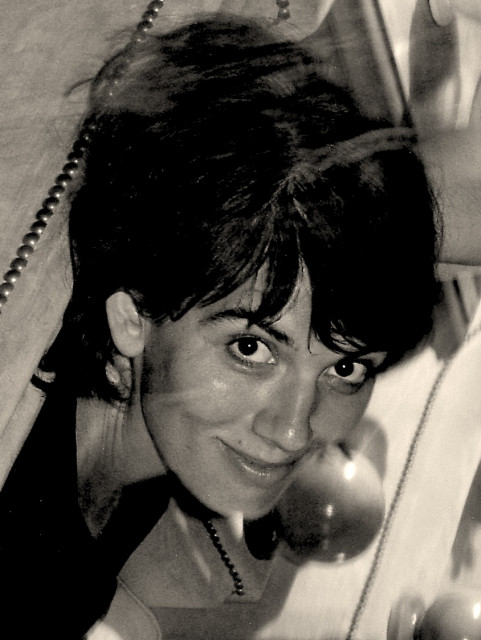Darkness Matters’ narrative is built along altitudinal zonation, from dusk til dawn. We start in the olive groves in June, when the fireflies are about to arrive.
The audience will first see terraces with olive trees in a cultural landscape by nightfall. Through the branches we can see the blinking stars. Slowly the fireflies will appear in this healthy environment during their short manifestation span: from when it is completely dark until around midnight. They need certain conditions to show up: not too warm and not too cold, not too dry, but humid, the air must be clean and light pollution at very low levels. We will admire their dance and glow and change perspective: the Sony a6400 camera system developed by biologists at the George Mason University in USA and Lund University in Sweden, in combination with a software, is capable of producing high-precision animal-view videos that captures the full complexity of visual signals as they would be perceived by an animal in a natural setting. The camera combines existing methods of multispectral photography with new hardware and software designs. The camera records video in four colour channels simultaneously (blue, green, red, and UV). Once that data has been processed into “perceptual units”, the result is an accurate video of how a colourful scene would be perceived by various animals, based on what we know about which photoreceptors they possess. The system predicts the perceived colours with 92 percent accuracy.
The point of view of the fireflies is of a more monochromatic nature and the image quite blurry, whereas only a green channel is activated. We will use these chromatic values in an artistic compelling way.
We are at the foothills of the Monte Serra, a premontane zone in Tuscany, slowly panning up towards the forest zone. A light house at 800 meters above sea level and farmhouses with lights turned on at night are to see and show the influence of artificial light by night in the area.
We hear the sounds of human presence giving more and more space to the sounds of animals and plants.
Further up on the Apuan Alps at 1400 meters asl a dung beetle orientates with the star’s alignment. The environment starts to become more rocky, bare and starker.
Until we move onward to the Alpine meadows. We’ll meet an ibex standing on the rocks and we’ll cut to his point of view, looking down in the valley, investigating his realm. An ibex, like most hoofed mammals, has dichromatic vision.
That means they have two types of cone cells in their eyes, instead of the three that humans typically have. Specifically they can generally distinguish blues and greens, but they are less sensitive to reds and may see red colors as shades of brown or gray.
This kind of vision is very common among herbivores because it helps them spot predators in a mostly green and brown landscape without needing the full range of color perception.
Finally, we will reach the mountain profiles and tilt up above the peaks where we will observe the spectacle of the Milky Way passing by (the slowest time lapse possible).
It will be a gentle and gradual experience, lasting approximately 25 minutes, as long as our photoreceptors on the retina need to regain maximal control in darkness, a pace contrasting today’s typical fast image consumption.
Beside encouraging the understanding of adults, we want to incite young people to engage with sciences and the environment, showing this is possible also through arts and culture.
Culture is where democracy is attacked first, so it must be where resistance begins. We believe cultural resistance often begins at a local level and can expand to other territories.


